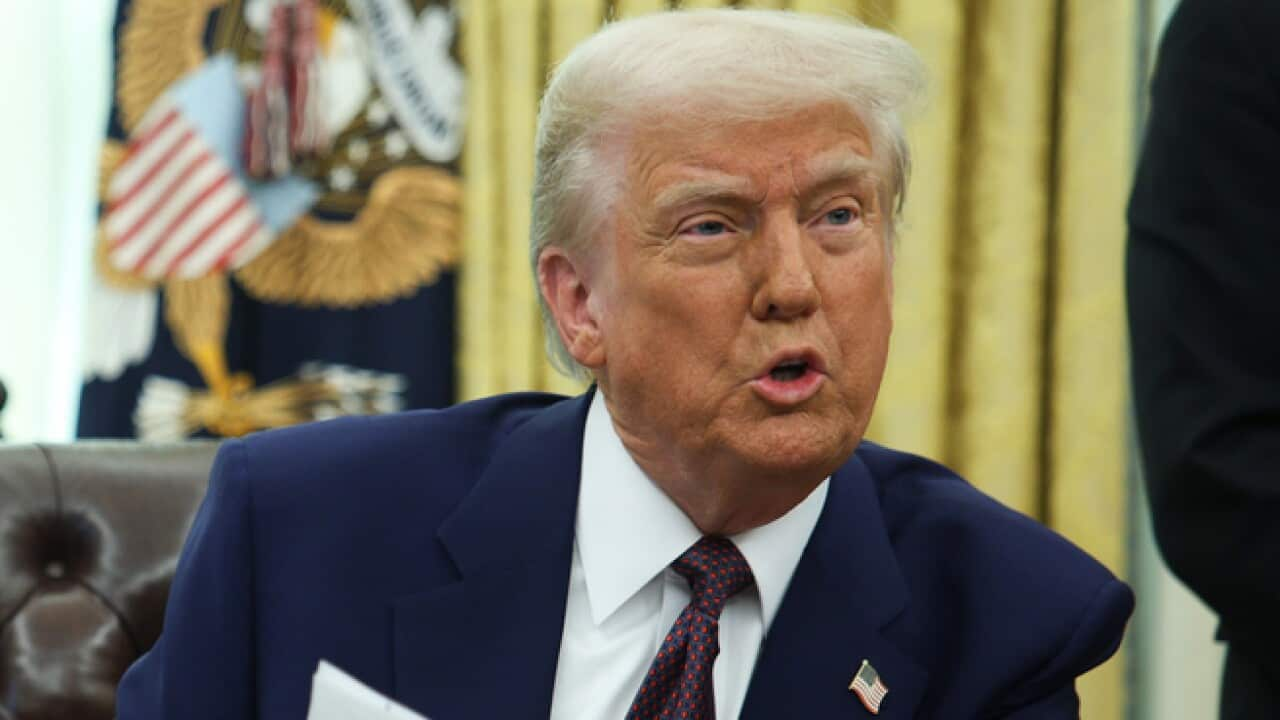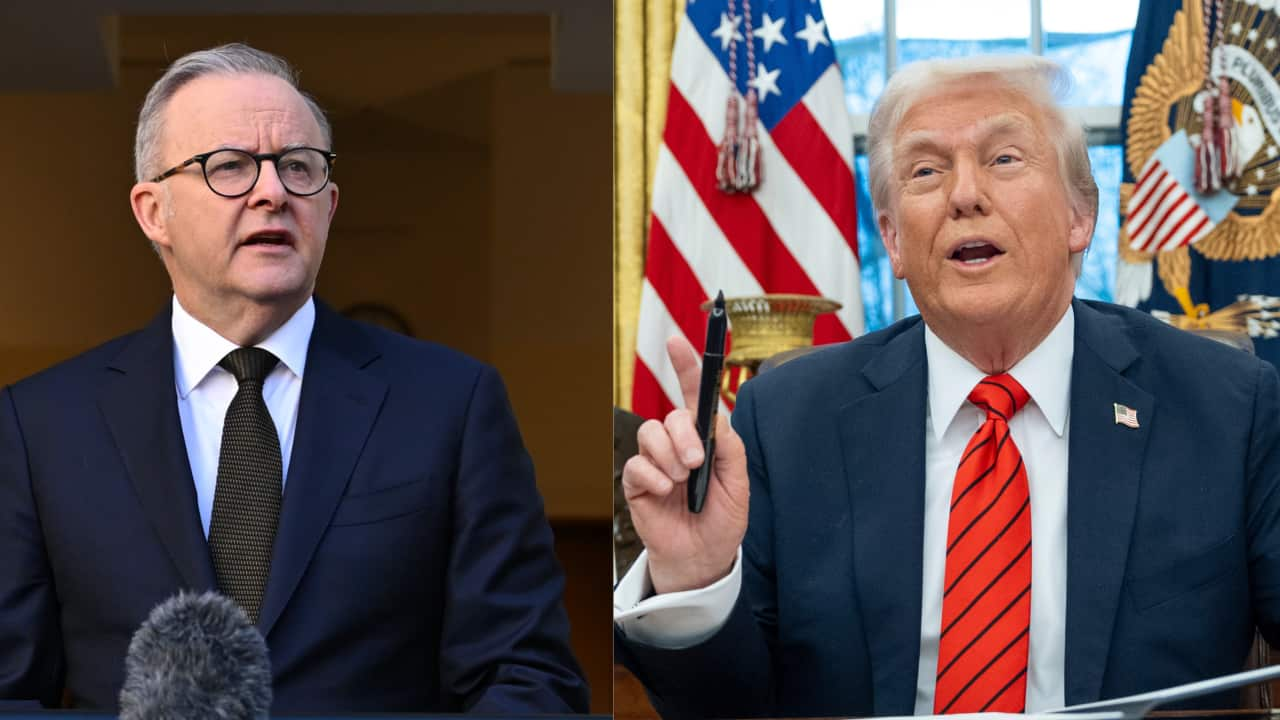Key Points
- Donald Trump has announced sweeping tariffs aimed at matching those imposed by other countries on US goods.
- The tariffs will be implemented on a country-by-country basis, focused on those the US has a trade deficit with.
- Economists warn the tariffs could increase inflation in the US and slow economic growth.
US President Donald Trump has inked plans for sweeping "reciprocal tariffs" hitting both allies and competitors, in a dramatic escalation of an international trade war that economists warn could fuel inflation in the United States.
"We want a level playing field," Trump told reporters in the Oval Office on Friday (AEDT).
"Whatever countries charge the United States of America, we will charge them. No more, no less," he said.
"In other words, they charge us a tax or tariff, we charge them the exact same tax or tariff," he said.
The levies would be tailored to each US trading partner and consider non-tariff factors including value-added tax (VAT).
"Major exporting nations of the world attack our markets with punishing tariffs and even more punishing non-tariff barriers," Trump trade adviser Peter Navarro told reporters, taking aim at the European Union in particular over VAT.
The US will start by examining economies with which the country has its biggest deficits or "most egregious issues", said a White House official.
"This should be a matter of weeks, in a few months, but not much longer than that," the official added, speaking on condition of anonymity.
Trump acknowledged that US prices "could go up" due to tariffs, but he expressed confidence that they would ultimately ease.
Trump has announced a broad range of tariffs targeting some of the biggest US trading partners since taking office, arguing that they would help tackle unfair practices — and in some cases using the threats to influence policy.
The president has referred to tariffs as a way to raise revenue, remedy trade imbalances and pressure countries to act on US concerns.

White House trade adviser Peter Navarro said major exporting nations of the world "attack" the US' markets with "punishing tariffs" and other barriers. Source: AAP / AP / Ben Curtis
The US trade representative, commerce secretary and other officials will now work to propose remedies on a country-by-country basis.
Trump's announcement came hours before he was due to meet Indian Prime Minister Narendra Modi in Washington.
Targets include China, Japan, South Korea and the European Union.
Analysts have warned that reciprocal duties could bring a broad tariff hike to emerging market economies such as India and Thailand, which tend to have higher effective tariff rates on US products.
Cost-of-living pressures were a key issue in the November election in which Trump swept to power, and the Republican has promised to swiftly reduce prices.
But economists caution that sweeping tariffs on US imports would likely boost inflation, not reduce it, in the near term and could weigh on growth eventually.
Trump's deputy chief of staff for policy Stephen Miller previously said countries use the VAT to get an unfair trade advantage, although analysts have challenged this characterisation.
During election campaigning, Trump promised: "An eye for an eye, a tariff for a tariff, same exact amount."
For example, if India imposes a 25-percent tariff on US autos, Washington will have a 25-percent tariff as well on imports of autos from India, explained a Nomura report this week.
The consideration of non-tariff factors might shift this calculus.
Modi will hold talks with Trump on Friday, and New Delhi offered some quick tariff concessions ahead of his visit, including on high-end motorcycles.
"Trump's objective of implementing reciprocal tariffs is to ensure fair treatment for US exports, which could indirectly also address US trade imbalances with partner countries," analysts at Nomura said.
Among Asian economies, India has a 9.5 per cent weighted average effective tariff on US exports, while there is a 3 per cent rate on India's exports to the US.
Thailand has a 6.2 per cent rate and China a 7.1 per cent rate on US products, Nomura noted.
Higher tariffs are often imposed by poorer countries, who use them as a tool for revenue and protection because they have fewer resources to impose non-tariff barriers, Cato Institute's Scott Lincicome earlier told AFP.
Trump, who took office on 20 January, has already announced tariffs on all steel and aluminium imports beginning on 12 March, imposed 10 per cent tariffs on goods from China and imposed a 30-day hold on tariffs on goods from neighbouring Canada and Mexico.



